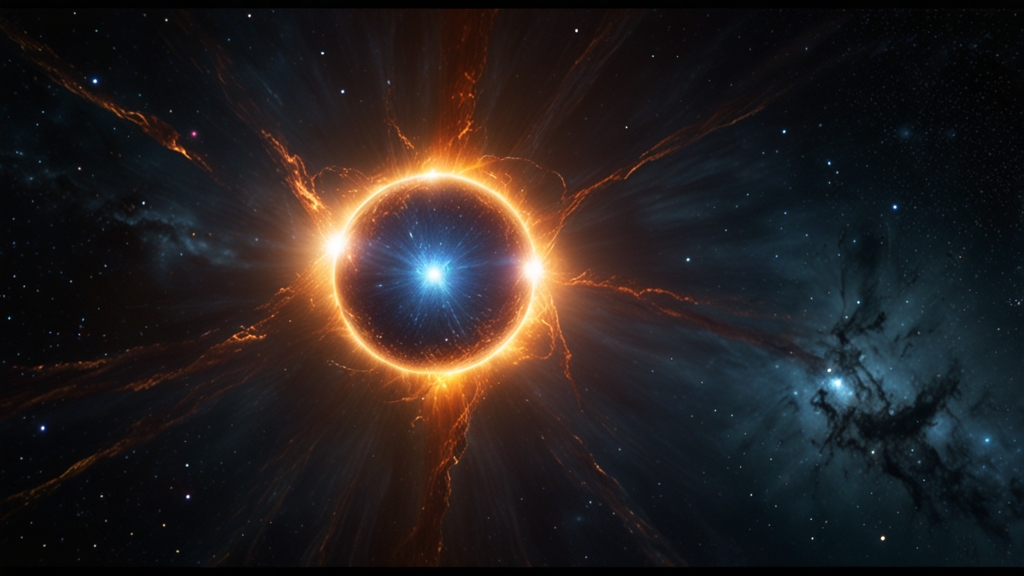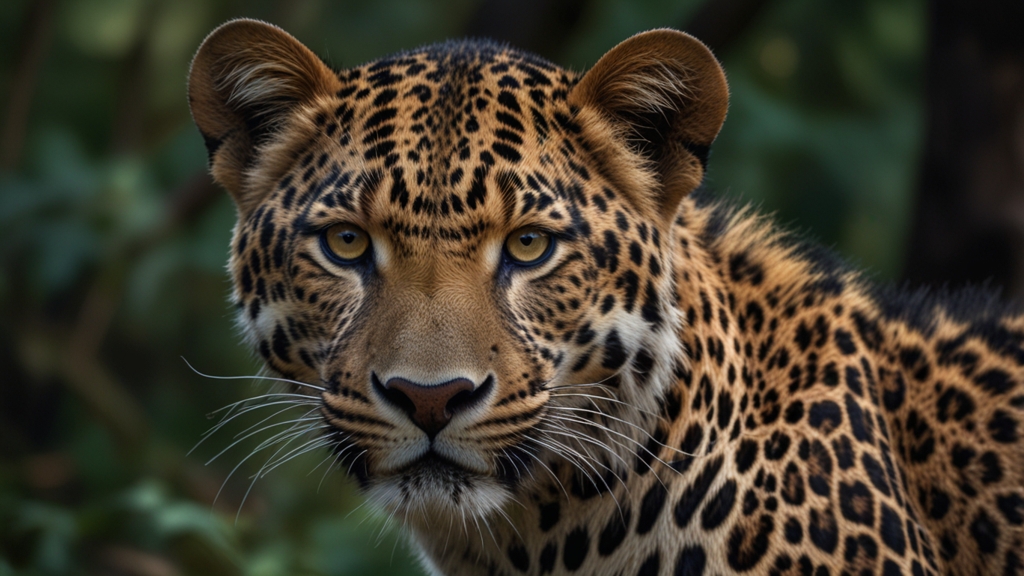The Next Supernova: Are We Ready to Witness the End of a Star?
Supernovas are among the most magnificent and cataclysmic events in the universe, marking the explosive death of a star. These stellar explosions are not only crucial for enriching the cosmos with heavy elements but also provide a tantalizing glimpse into the life cycle of stars. As scientists closely monitor certain candidates in our galactic neighborhood, the question arises: are we ready to witness the next supernova?
The Science Behind Supernovas
A supernova occurs when a star has exhausted the nuclear fuel at its core, leading to a gravitational collapse. For massive stars, this process results in a core-collapse supernova, while white dwarfs in binary systems can ignite in a thermonuclear supernova. These events are pivotal in disseminating elements like iron, calcium, and gold throughout space, seeding future star systems and planetary bodies.
"When a massive star runs out of nuclear fuel, its core collapses and sets off a shockwave that blows off the outer layers in a spectacular explosion called a supernova," explains Dr. Jane Smith, an astrophysicist at the University of Cosmology.
Potential Supernova Candidates
Currently, astronomers have their telescopes pointed at several candidates that could go supernova within our lifetimes. Betelgeuse, the red supergiant in the Orion constellation, has exhibited unusual dimming that has fueled speculation about its imminent explosion. Another candidate is the Eta Carinae system, known for its volatile history and potential to become a hypernova, a type of supernova with exceptionally high energy.
"Betelgeuse has dimmed significantly in recent years, sparking excitement and debate among the scientific community about its future. If and when it goes supernova, it will be a once-in-a-lifetime event visible even in daylight," says Dr. Alan Green, a researcher at the Interstellar Observatory.
Technological Advancements
Modern astronomy is well-equipped to detect and study supernovas in unprecedented detail. Space telescopes like Hubble and ground-based observatories such as the Very Large Telescope (VLT) are capable of capturing high-resolution images and spectra of these explosions. Additionally, advancements in computational models allow researchers to simulate supernova dynamics, providing deeper insights into these complex phenomena.
Moreover, the rise of citizen science platforms enables amateur astronomers to contribute valuable observations. Projects like the American Association of Variable Star Observers (AAVSO) crowdsource data collection, enhancing our ability to monitor potential supernova events in real-time.
Implications for Humanity
Witnessing a supernova would be a monumental experience for humanity, offering not only scientific enrichment but also a profound philosophical impact. The last close supernova visible to the naked eye occurred in 1604, known as Kepler's Supernova. In today's technology-driven society, a new supernova would likely be among the most observed and documented events in history.
Yet, the spectacle is not without potential risks. Depending on the proximity and size of the explosion, cosmic radiation could have subtle effects on Earth's atmosphere and satellite communications. Nonetheless, the likelihood of a nearby supernova posing significant harm is exceedingly low.
"While the radiation from a supernova can be intense, the vast distances separating us generally ensure our safety. The primary impact would be scientific and cultural, marking a significant milestone in our understanding of the universe," reassures Dr. Lisa Patel, an expert in cosmic radiation.
Conclusion
The anticipation of the next supernova is filled with both excitement and scientific curiosity. Whether Betelgeuse, Eta Carinae, or another candidate eventually lights up our skies, humanity stands ready with its array of technological marvels and collaborative spirit to witness and study the end of a star. Such an event would not only expand our scientific knowledge but also inspire a renewed appreciation for the intricate and dynamic nature of the cosmos.
In the meantime, researchers and amateurs alike continue to scan the heavens, eagerly waiting for the moment when a star's final, brilliant farewell illuminates our night sky, reminding us once again of the universe's boundless wonders.










